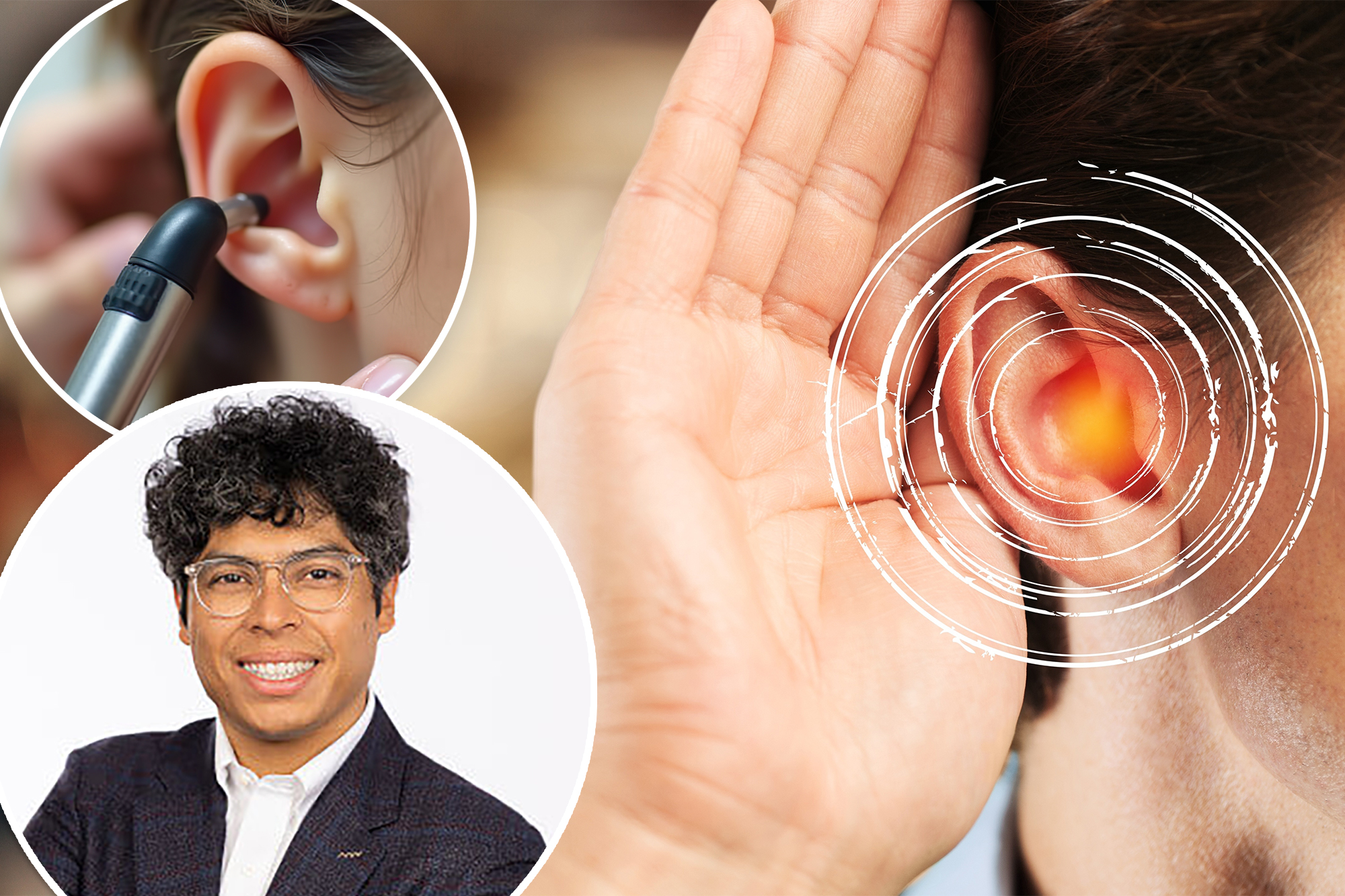Here is a better audition!
Hearing loss is a common problem that affects about 15% of North -Americans or about 40 million Americans. It can vary from mild to severe and derived from various different causes.
Presbycusis is the gradual decrease in the audience that occurs with age. Natural changes to the inner ear, the middle ear and the nerve routes to the brain are usually guilty. Hearing loss can begin in the 30’s or 40’s and make it more noticeable over time.
Ear infections, head injuries, certain medicines and various diseases, including diabetes, Alzheimer’s disorders and autoimmune disorders, can also affect the audience.
An easy way to protect against hearing loss is to reduce exposure to strong noises. Blaring sounds can damage the delicate hair cells of the inner ear cochlea, paving the way to audit problems.
“It is known that New York is too strong, and auditory protection should be used in most everyday situations,” Dr. Seth Weible, a Manhattan Audio South audiologist, told The Post.
“When you move to the subway and the train, or even just go for a walk in Manhattan, using active noise cancellation is an excellent way to protect your audience.”
Even seemingly smaller decisions, such as where it sits in public places, can significantly affect your noise exposure. Weible reveals the best places to park -you are to avoid hearing loss and the steps to do if you have trouble listening.
Where to sit at a restaurant
You probably know that the closest seats to the bar, the bathrooms, the entrances and the aisles are the noisiest, which makes it difficult to communicate with your group.
While a corner chair seems to be the most natural option, Weible recommends sitting on the corner.
“The rest of your party should fill the corner seats so you can hear better with your back in the multitude of other tables,” said Weible. “This allows your body to act as part of a noise block and you can focus on the voices that come to you.”
Where to sit in traffic
As you can imagine, First Class is the first class hearing selection in aircraft.
“It is always better to sit near the cabin,” said Weible. “If you are in the main cabin, you want to be far from the wings to prevent the motor noise and, in addition to the areas of great traffic like the bathrooms.”
Go look for the trains quiet cars, and if it is not possible, choose a seat away from the doors and bathrooms.
At buses, you don’t want to work hard to hear automated ads and verbal calls for stops. It is the best of your back near the driver.
How to determine if you lose your hearing
Friends and family members often recognize hearing problems first.
“The most common area of loss is in high frequencies, which is responsible for the clarity of sound, not volume,” said Weible. “In other words, although you can” listen “most sounds, you often don’t understand or misinterpret the words.”
Your brain does not recognize error but loved ones will notice that they tell you.
If your friends and family are not tight, try to evaluate your television habits.
Constantly continuing the volume of television to listen to it better could be a sign that something is good.
“The clarity and volume of speech are two different things, and just because we do something stronger does not mean that it becomes clearer,” said Weible.
“If you find the volume to increase in the hope of making speech clearer, this is a good indication that a complete evaluation has to be completed.”
What to do if you suspect the hearing loss
Weible recommends an auditory evaluation. A hearing specialist analyzes the mechanics of the patient’s ears and eardrum, evaluates his hearing in terms of intensity and volume, and makes an understanding of speech in calm and noisy environments.
If there is deterioration, the specialist determines whether it is corrected or permanent.
“It is important to have a complete image process and focus, as accurate changes can improve the quality of life of people almost instantly,” said Weible to Manhattan Audio South.
Which technologies can help improve hearing
After performing auditory tests, an audiologist can prescribe a hearing aid and adapt to custom device.
There are also free sale hearing aids for people with mild to moderate hearing loss.
Apple Airpods Pro 2, which has a hearing aid, is a “good starting point” for those who explore their options before committing to a medical quality hearing aid, said Weible.
“There is a big difference in terms of what can be achieved with a doctor,” he added. “However, the best hearing aid is what you will really carry instead of going out in a drawer to collect dust. So, if it means starting with an OTC, it is fantastic.”
If you decide to go with a recipe device, you will be surprised by the amount that the technology has evolved since your grandfather’s days.
For example, modern hearing aids, “such as resistant living, have an auracast integrated into them, which allows users to convey [theater or concert] Audio directly to his auditory devices, “said Weible.
Then it does not matter where you sit in the theater or concert hall: I get an immersive listening experience without unwanted racket.
#sit #restaurant #plane #bus #prevent #hearing #loss
Image Source : nypost.com
